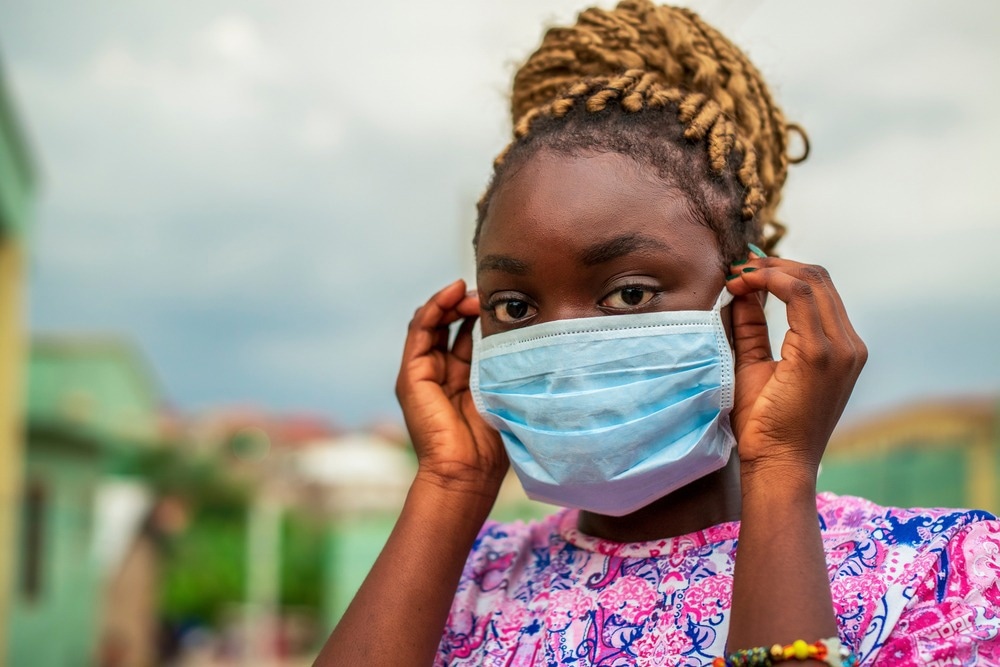Infection
Researchers report a reduction in hospitalizations and deaths from SARS-CoV-2 infections during the Omicron variant-dominated wave in Malawi
In a recent study published in eClinicalMedicine, researchers conducted a serosurvey during the severe acute respiratory syndrome coronavirus 2 (SARS-CoV-2) Omicron wave in Malawi.
Background
The SARS-CoV-2 Omicron variant was first reported in November 2021 in South Africa and was responsible for more than 90% of new coronavirus disease 2019 (COVID-19) cases within 25 days. The attack rate of SARS-CoV-2 Omicron is four-fold higher than that of the wild-type strain. Genomic sequencing revealed a high number of mutations, with a majority within the spike protein. The trajectory of the COVID-19 pandemic in Malawi has closely followed that of South Africa.
Malawi has recorded several COVID-19 waves due to the SARS-CoV-2 Beta, Delta, and Omicron variants. The country has reported more than 84,000 COVID-19 cases, including over 2500 deaths, with national COVID-19 vaccination coverage of 22% in eligible adults by January 2022. Nonetheless, a study reported high seropositivity by July 2021, suggestive of extensive community transmission.
About the study
In the present study, researchers estimated the seroprevalence of SARS-CoV-2 in seven districts across Malawi. Individuals aged five or older were eligible for inclusion from December 27, 2021, to January 17, 2022. A standard COVID-19 screening tool was leveraged to obtain information on demographics, socioeconomic status, COVID-19 vaccination status, and chronic illnesses.
Peripheral venous blood specimens were collected from participants. Antibodies were measured against the SARS-CoV-2 spike protein’s receptor-binding domain (RBD) using the WANTAI SARS-CoV-2 total antibody enzyme-linked immunosorbent assay (ELISA) kit. A multiplexed Meso Scale Discovery (MSD) assay for antibodies against spike, nucleocapsid, and RBD was used for confirmation.
Data on daily COVID-19 case count, hospitalizations, and mortality were accessed from the Public Health Institute of Malawi. COVID-19 cases included symptomatic and asymptomatic SARS-CoV-2 infections confirmed by a nucleic acid amplification or rapid antigen test. Hospitalizations included admissions for COVID-19 and other illnesses where COVID-19 was identified as a result of routine screening.
Seropositivity was estimated, and seroprevalence was adjusted for the sensitivity and specificity of each assay. Fisher’s exact or chi-squared test was used to estimate the proportion of subjects by the number of vaccine doses received. Multivariable logistic regression was performed to identify factors associated with SARS-CoV-2 seropositivity.
Findings
Overall, 4,639 individuals were selected from 1415 households. Among these, most participants were aged 18-57 (60%) and females (57%). Around 8% of participants had chronic illnesses. The seroprevalence of SARS-CoV-2 antibodies was 83.7% after adjusting for the assays’ sensitivity and specificity. This was heterogeneous across districts ranging from 77.4% to 91.4%.
Urban populations were more likely to be seropositive than rural populations. Males were less likely to test seropositive than females. Seroprevalence estimates were not much different among individuals aged 13 or above. COVID-19-vaccinated individuals were more likely to be seropositive than non-vaccinated participants. Seroprevalence was higher among participants who completed secondary/tertiary education than those who completed primary education.
Around 12% of participants were partially vaccinated, and 11% received two vaccine doses. Vaccination coverage and the proportion of two-dose recipients were higher among participants aged 51 or older than those aged 18 – 50. Urban areas had more double-vaccinated individuals than rural areas.
The daily incidence of COVID-19 cases increased and declined more rapidly during the Omicron wave than in the Delta period. The number of confirmed cases was 13,300 during the Delta wave and 14,298 in the Omicron wave. The proportions of hospitalizations and deaths were two- and three-fold lower in the Omicron wave than in the Delta period.
Conclusions
The researchers observed a high SARS-CoV-2 seropositivity (83.7%) in the Malawian population during the Omicron wave. The high seroprevalence was mainly due to prior infection with SARS-CoV-2, given the low vaccination coverage. Approximately 77% of the seropositive participants were not vaccinated for COVID-19. Moreover, there was evidence of lower hospitalization and mortality rates in the Omicron period than in the Delta wave.
The decrease in severe COVID-19 complications (hospitalizations/deaths) during the Omicron wave in a country with high seroprevalence and low vaccination coverage could be a turning point in the pandemic. Nonetheless, the number of preventable deaths is significant and more efforts are required to identify and protect at-risk individuals. As such, the current mass vaccination policy may be changed to target populations at the highest risk of COVID-19 in resource-constrained settings like Malawi.

